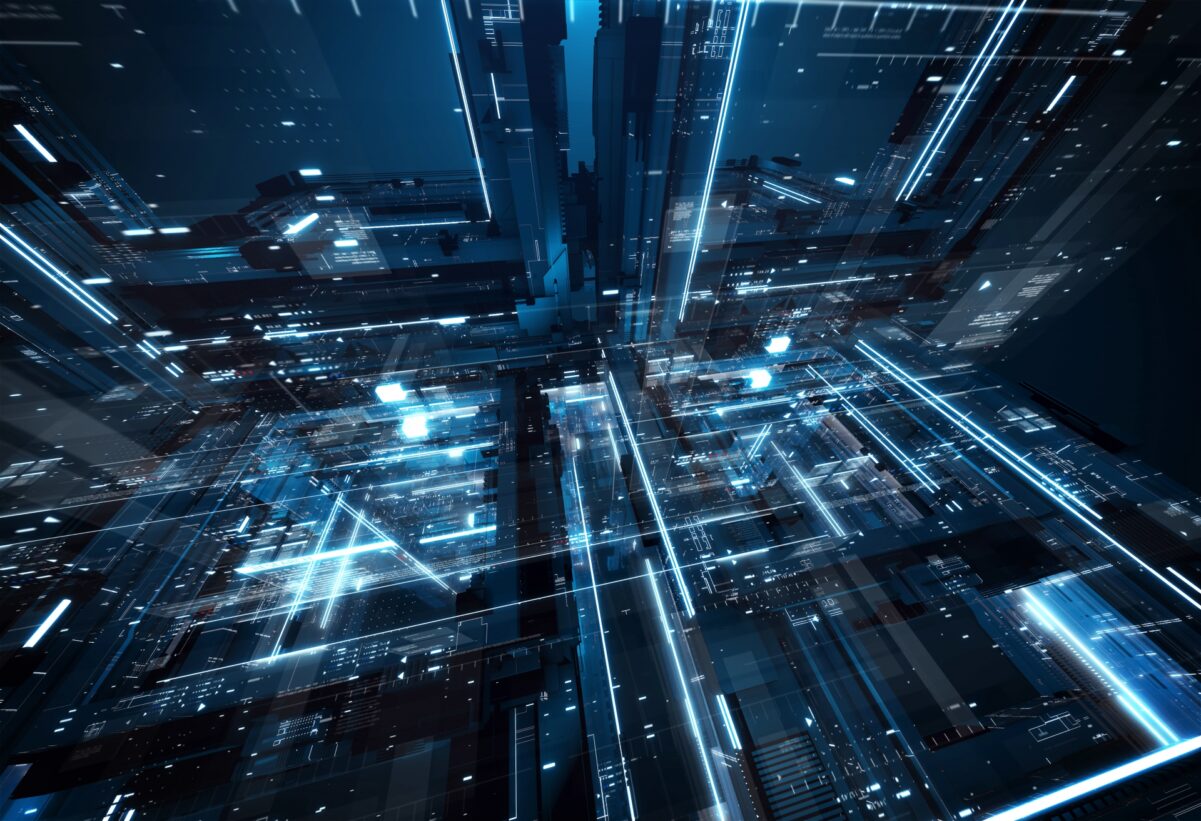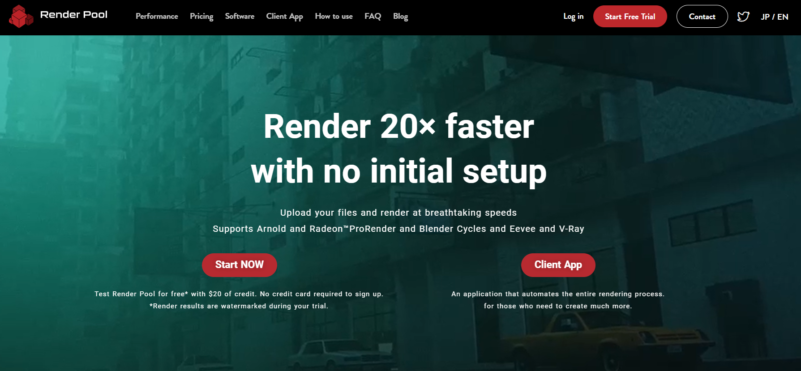
How to Find the Best Render Farm for Faster 3D Rendering
When creating 3D animations, video games, or architectural visualizations, the quality of your final render can make or break your project’s success. However, rendering is often resource-intensive and time-consuming, especially when working with high-resolution images or complex animations. This is where render farms become an invaluable asset for creators. Keep reading to discover how render farms can streamline your workflow, save time, and enhance your creative projects.
What Is a Render Farm?
A render farm is a network of powerful computers that work together to accelerate the rendering process. Rather than relying on your local computer to handle the workload, render farms distribute tasks across multiple machines, ensuring faster and more efficient results.
What Makes the Best Render Farm?
The world of render farms is diverse, with many options available. Whether you’re a freelance animator, a small studio, or part of a large production team, choosing the right render farm is essential to efficiently bringing your vision to life. Here are some key factors to consider when selecting the best render farm for your project.
Speed and Efficiency
The primary reason for using a render farm is to reduce rendering time. Some projects — especially those involving complex scenes or high-definition video — can take hours or even days to render on a single machine. A high-quality render farm efficiently distributes the workload among multiple servers to process different parts of the project simultaneously.
For example, cloud-based render farms like Render Pool leverage thousands of machines working in parallel to optimize rendering speed. The more computational resources you have access to, the faster your render will be completed, helping you easily meet deadlines.
Cost vs. Performance
Pricing is a crucial factor, particularly for freelancers and smaller studios. While large production houses may have the budget to maintain dedicated in-house render farms, cloud-based rendering solutions offer a flexible alternative, allowing users to pay only for the computing power they need.
When evaluating cost, consider factors such as pay-as-you-go pricing, subscription plans, and potential additional fees for storage or data transfer.
Software Compatibility
Cloud-based render farms typically focus on providing services for specific design software, so checking compatibility with your preferred software is important. A farm that supports multiple software options saves time and effort, eliminating the need for workarounds.
Render Pool, for example, supports a wide range of 3D software and rendering engines — including Blender, Chaos V-Ray, Autodesk Arnold, and AMD Radeon ProRender — which makes it a versatile choice for creators working with these types of software.
Scalability
Every project has unique rendering demands. While some may require minimal computing power, others might need extensive resources for complex simulations. A reliable render farm should offer scalability, allowing you to increase or decrease usage based on project requirements.
Cloud-based render farms provide the flexibility to scale resources as needed. This ensures you never pay for more power than you need while still having access to additional computational strength when necessary.
Ease of Use
A render farm should be easy to use, even for those who aren’t tech-savvy. Some services have a steep learning curve, with interfaces that can be difficult to navigate and slow down productivity. The best render farms offer intuitive platforms with straightforward upload, configuration, and rendering processes.
For example, Render Pool is designed to make it easy for users of all skill levels to upload their projects, configure the necessary settings, and begin rendering. A well-designed interface saves time and reduces frustration, making the rendering experience more seamless.
Choosing the Best Render Farm for Your Needs
Many cloud-based render farm options are available, each catering to different types of users. Here are key considerations based on your specific needs.
- Freelancers and Small Studios: If you’re an independent artist or part of a small team, you may not have the resources to invest in expensive hardware. Cloud-based render farms like Render Pool offer affordable pay-as-you-go pricing, making them an excellent choice for those working on tight budgets or smaller projects.
- Large Studios or Agencies: Larger production houses require robust rendering solutions with extensive computational power. Traditional in-house render farms may be preferable for these users, as they offer greater control, security, and dedicated support.
- High-Performance GPU rendering: Projects requiring GPU-intensive rendering, such as ray tracing and physics simulations, should opt for render farms equipped with powerful GPUs. Some cloud-based services provide access to cutting-edge Nvidia and AMD GPUs for optimal performance.
Accelerate Your Rendering with Render Pool

Rendering can be a bottleneck for creators, but Render Pool speeds up the process with high-performance cloud rendering — no expensive hardware needed. By supporting Blender Cycles, Eevee, Chaos V-Ray, and Autodesk Arnold, setup hassles are eliminated; just upload and render. With parallel processing, you can experience speeds up to 20 times faster than local machines and free up your system for other tasks while Render Pool does the heavy lifting.
Render Pool currently offers $20 worth of free trial credits, and you don’t need to provide your credit card information. Whether you’re a solo artist or a studio, Render Pool helps you create more and wait less.
Final Thoughts on Finding the Best Render Farm
Choosing the best render farm depends on your project’s scale, budget, and technical needs. Whether you’re an individual creator or part of a small team, prioritizing speed, affordability, scalability, and ease of use will help you find the ideal solution. When choosing a render farm, consider the following:
- Budget-friendly pricing options, including pay-as-you-go plans.
- Software compatibility with tools such as Blender, V-Ray, or Maya.
- Scalability to adjust computing power based on project demands.
- An easy-to-use interface for hassle-free rendering.
- Reliable customer support to assist with potential issues.
Considering these factors, you can select a render farm that meets your needs and helps you complete projects faster and more efficiently. Cloud-based render farm solutions like Render Pool stand out as excellent choices for those seeking a balance of performance, cost, and ease of use.